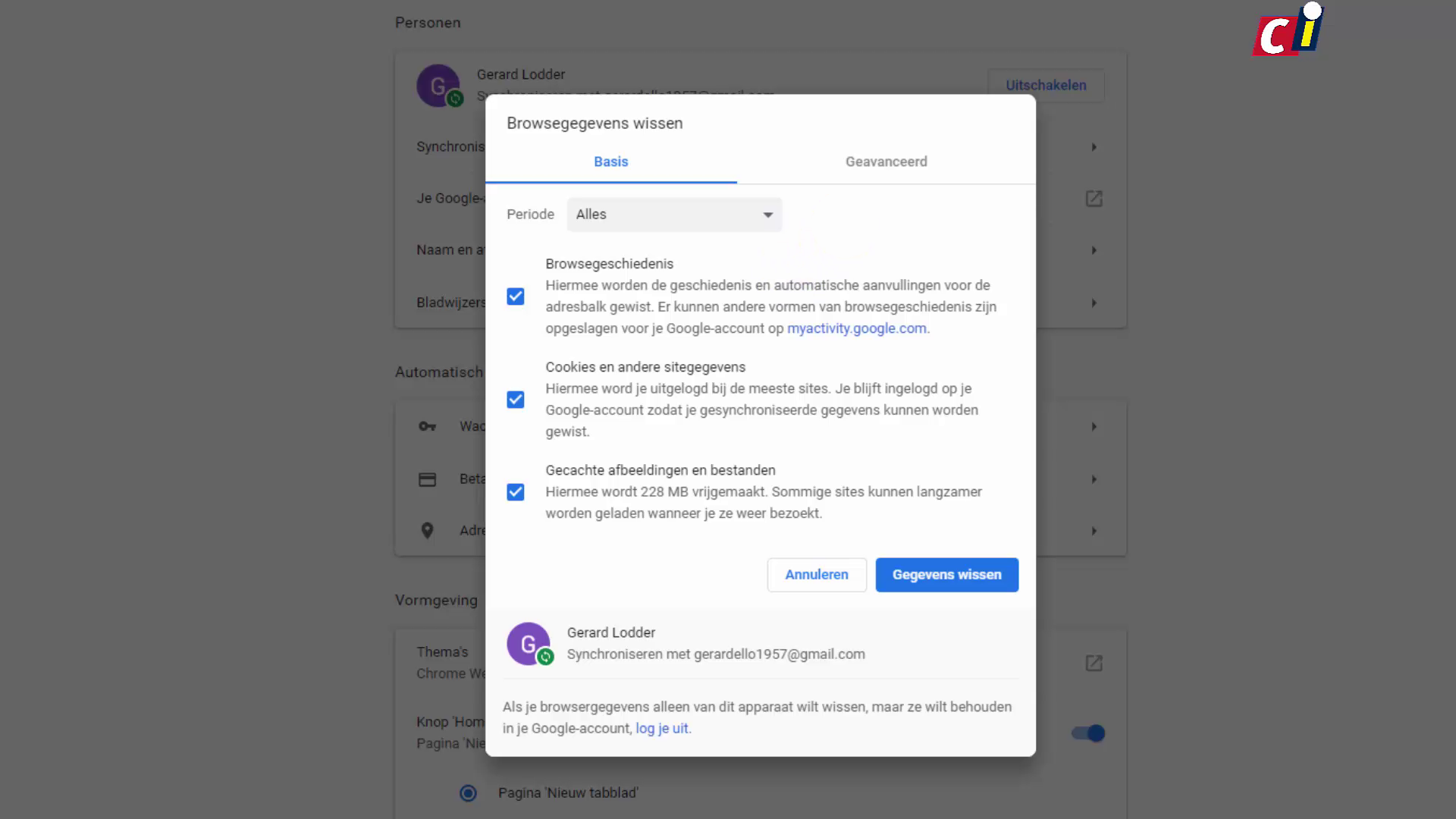
If you do this, you also need to take heed that remapping area 3-of-4 and 4-of-4 also propagate the key correctly.
#Google chrome for mac hotkeys install#
Install your program and tell it to Remap Ctrl-K to Ctrl-Shift-carpal-tunnel-p and you're off to the races. This remapping area also leaves the meddlesome Chrome developers powerless to countermand you, because they are quarantined to the application space. Messing around here involves installing the program for your OS and intercepts the OS keycodes and changes what keys are heard by which application.
#Google chrome for mac hotkeys windows#
Mac, Windows and Linux all have their own Key-remapping programs, For example Mac's Spectacle and Karabener, or Windows StickyKeys, or Linux's low level internals like. The OS quarantines the browser window and Chrome only receives those Ke圜odes transmitted to it by the operating system. The Chrome Browser is just a computer program running on your operating system. Key remapping area 2 of 4, (Operating System -> Chromium Application ) You can remap keys here, and change what your operating system hears, thus leaving the Chrome browser powerless to countermand you. I generally leave this alone since for the most part my keyboard is a faithful transmitter of keys and my operating system is a faithful hearer of keys. inputrc and other config files that intercept keys from the keyboard even before the operating system has a chance to hear them. Key remapping area 1 of 4, ( Keyboard Ke圜ode -> Operating System ) If you mess around with this process, you have to be careful and take ownership of this assembly line, or else it's easy to leave keys orphaned, cause duplicated actions, even causing multiple actions from one keystroke, key-feedback loops are a pain. Mac, Windows and Linux are different in their own ways, but they share a common ancestor, and are all the same in way I describe. Take a minute and understand the four remapping areas between your computer keyboard's emitted keys, and the client side webpage rendered by the Chrome browser, with 3rd party corporations fighting to change your keys to what they want them to be.


If you're here, you're having trouble making Chrome behave the way you want. So understanding the four different areas you can put middle-men in the keyboard-to-browser command chain helps you find a solution that works for you, and never changes, for all time, even as you change operating systems, keyboards, and programs. It's infuriating to have to deal with Chrome's constantly changing keystroke ideologies that continue to randomize every 3 to 9 months. TLDR: your solution is in phase 3 of 4 below, install that Chrome plugin. Manhandle shortcuts in Chrome browser, a guide for the perplexed:


 0 kommentar(er)
0 kommentar(er)
